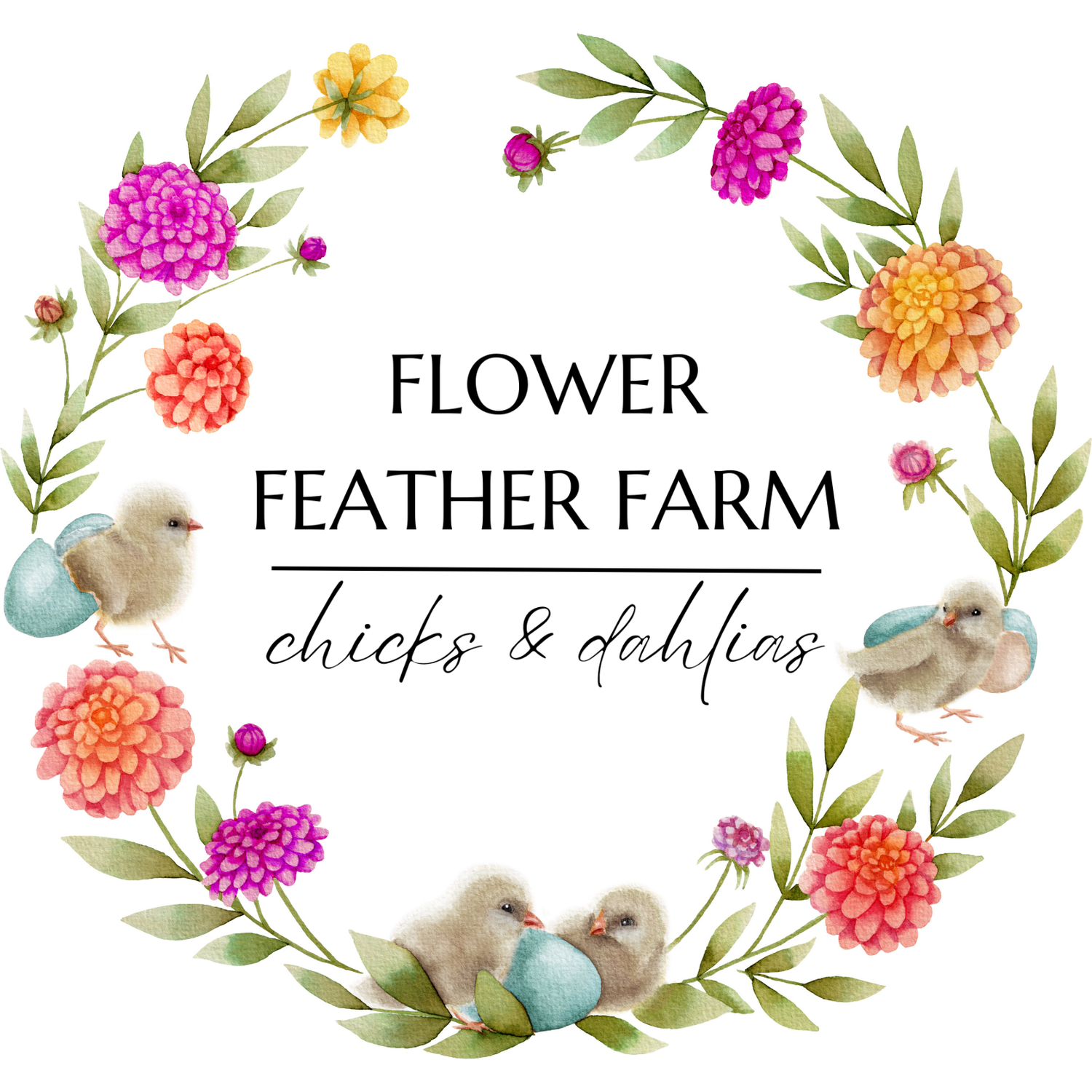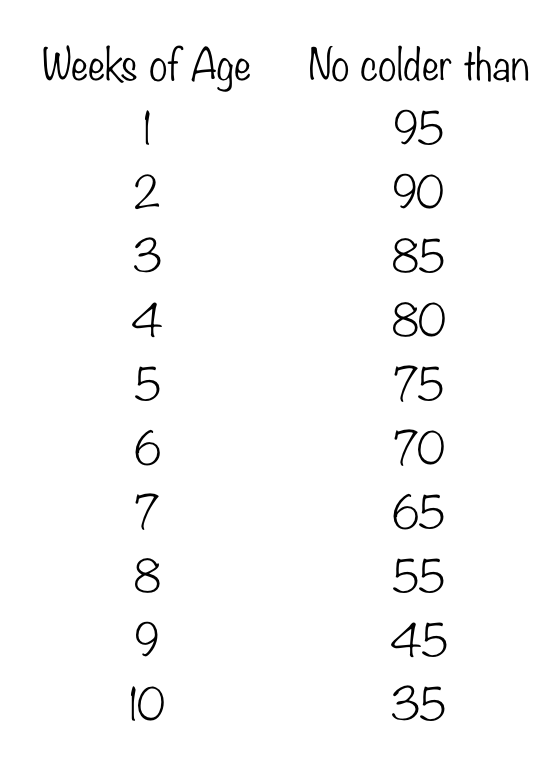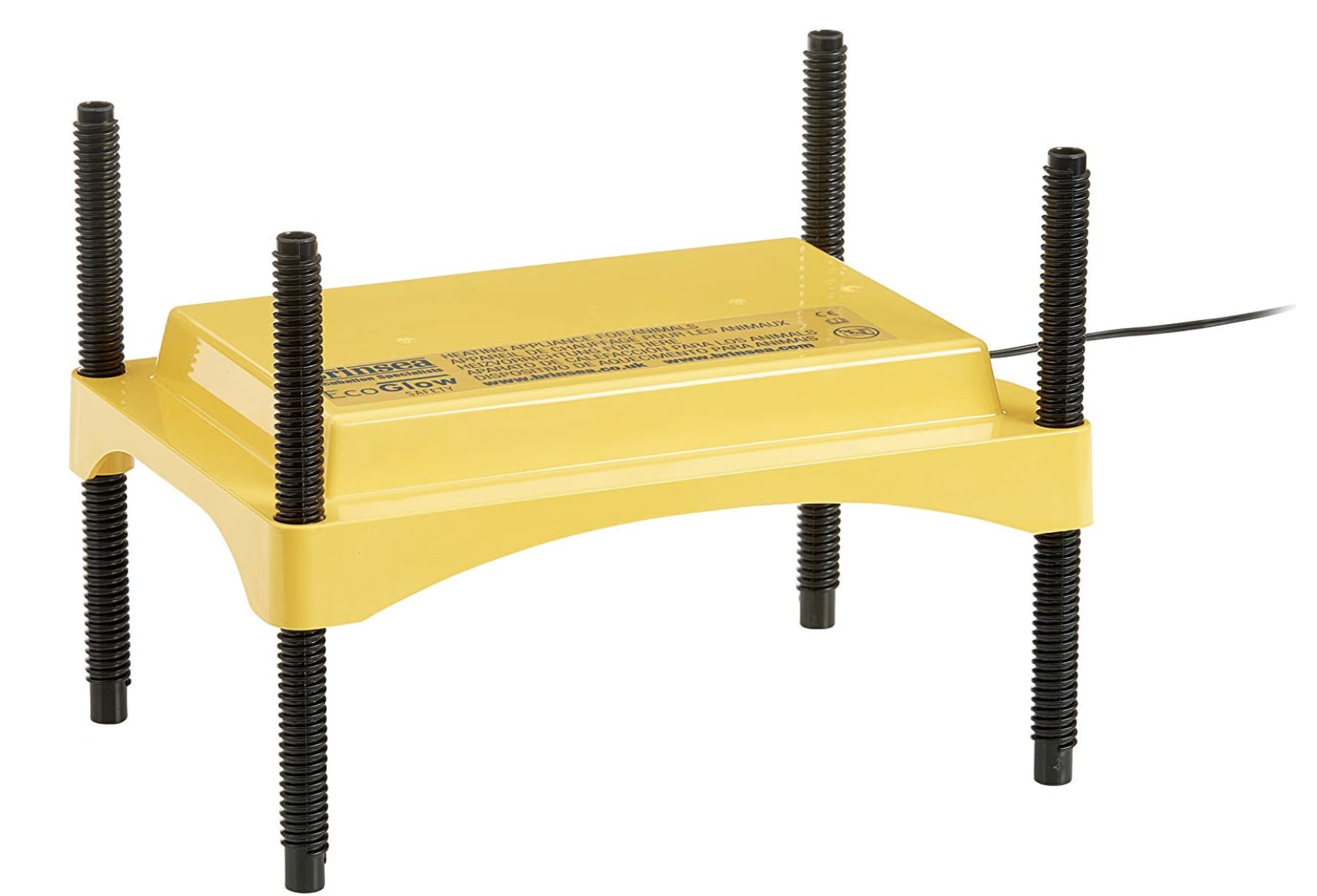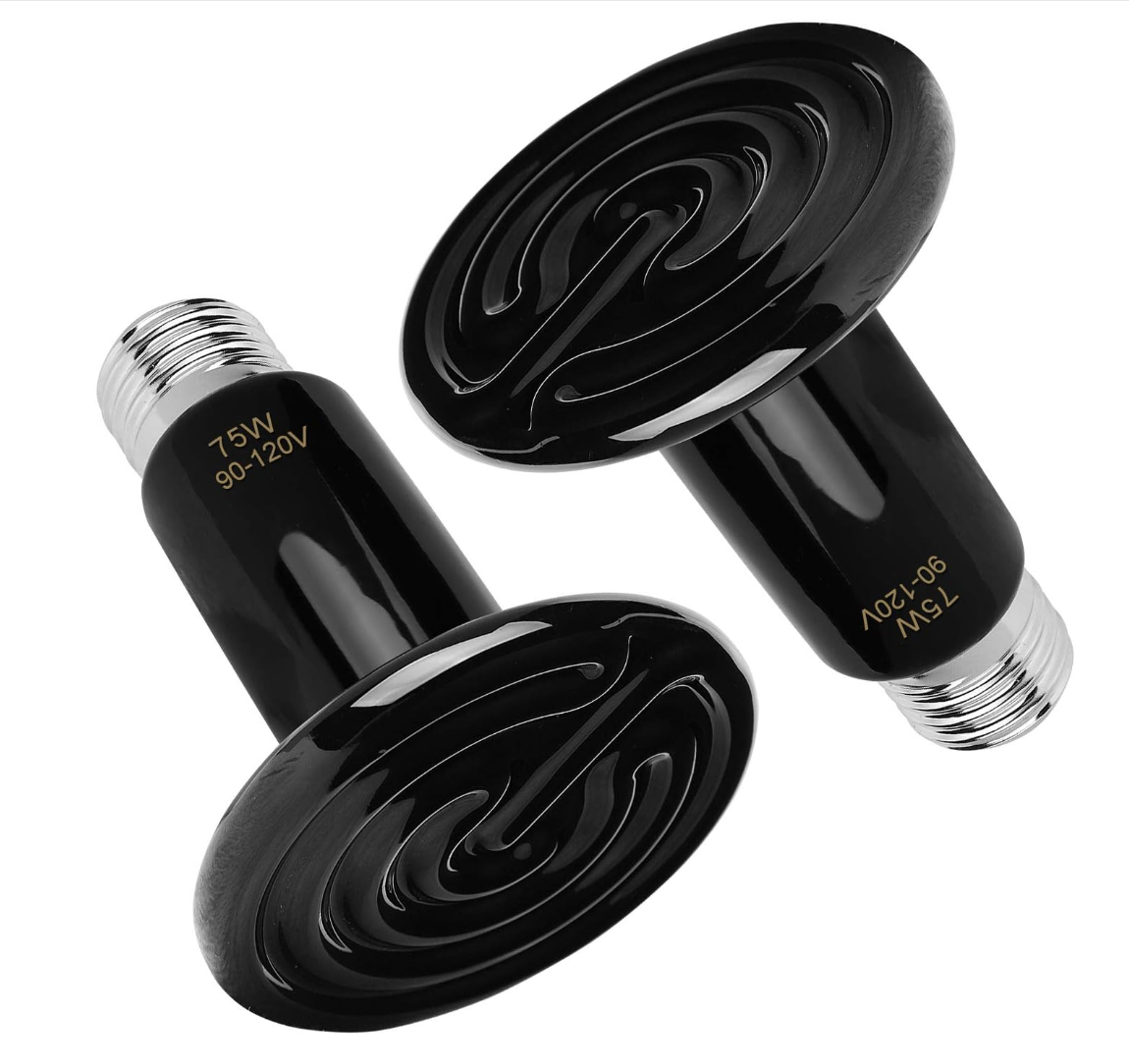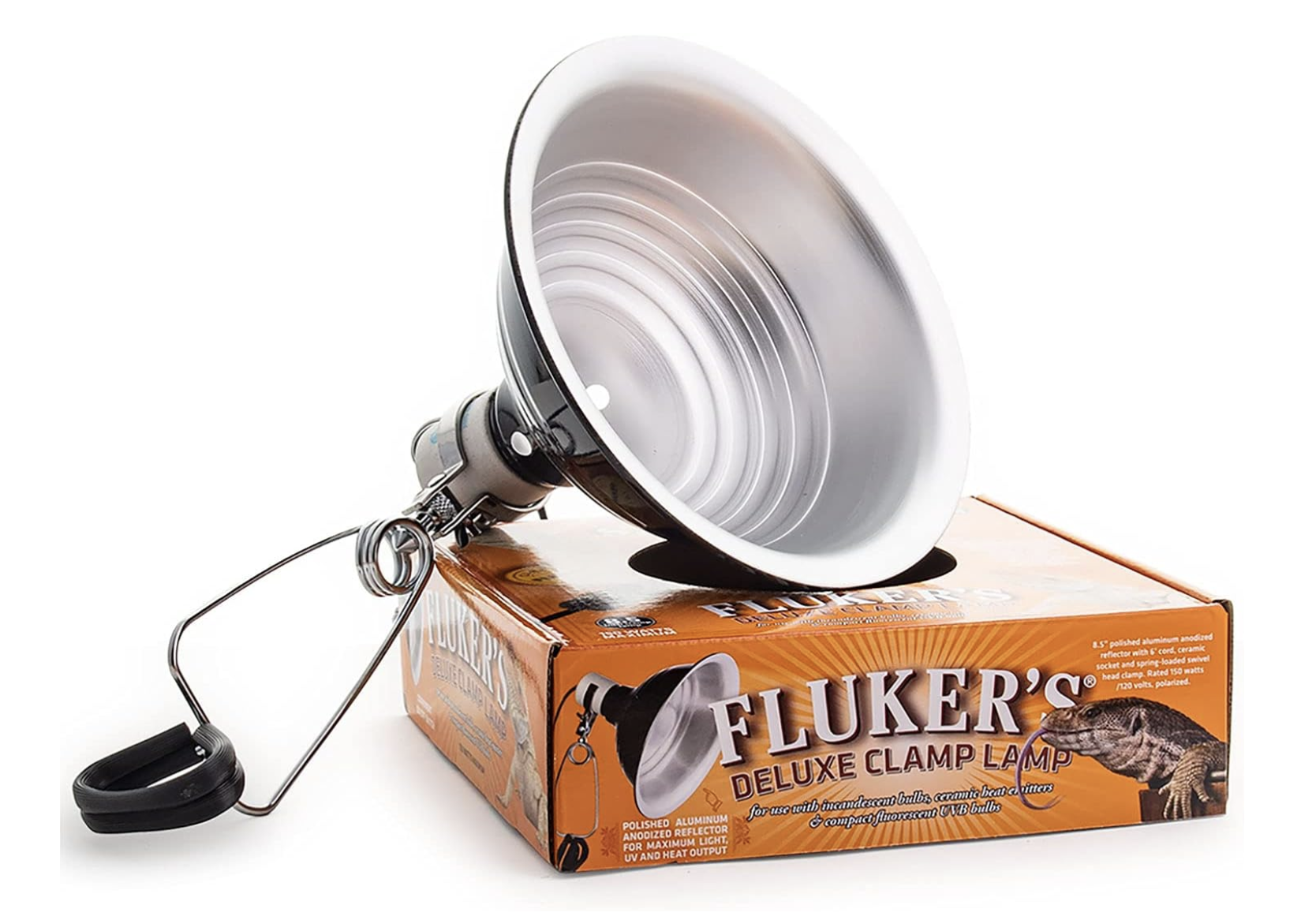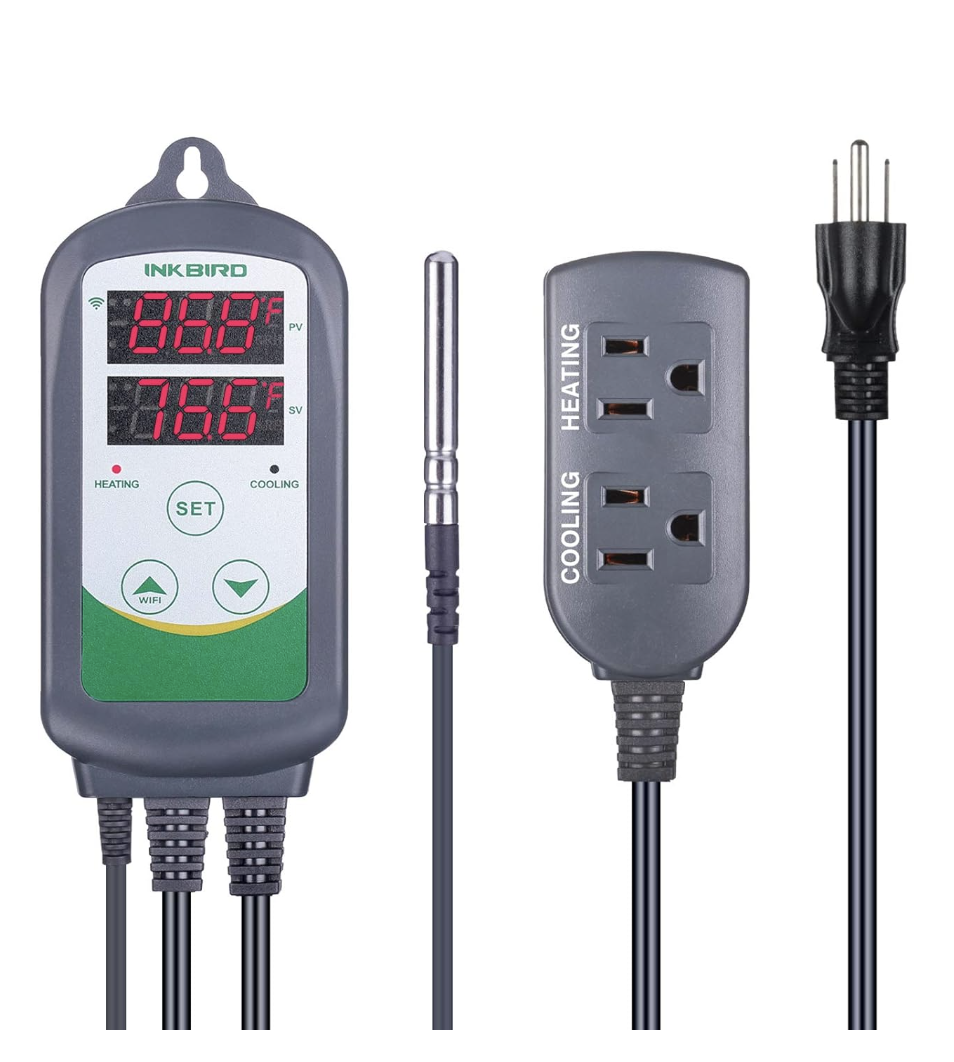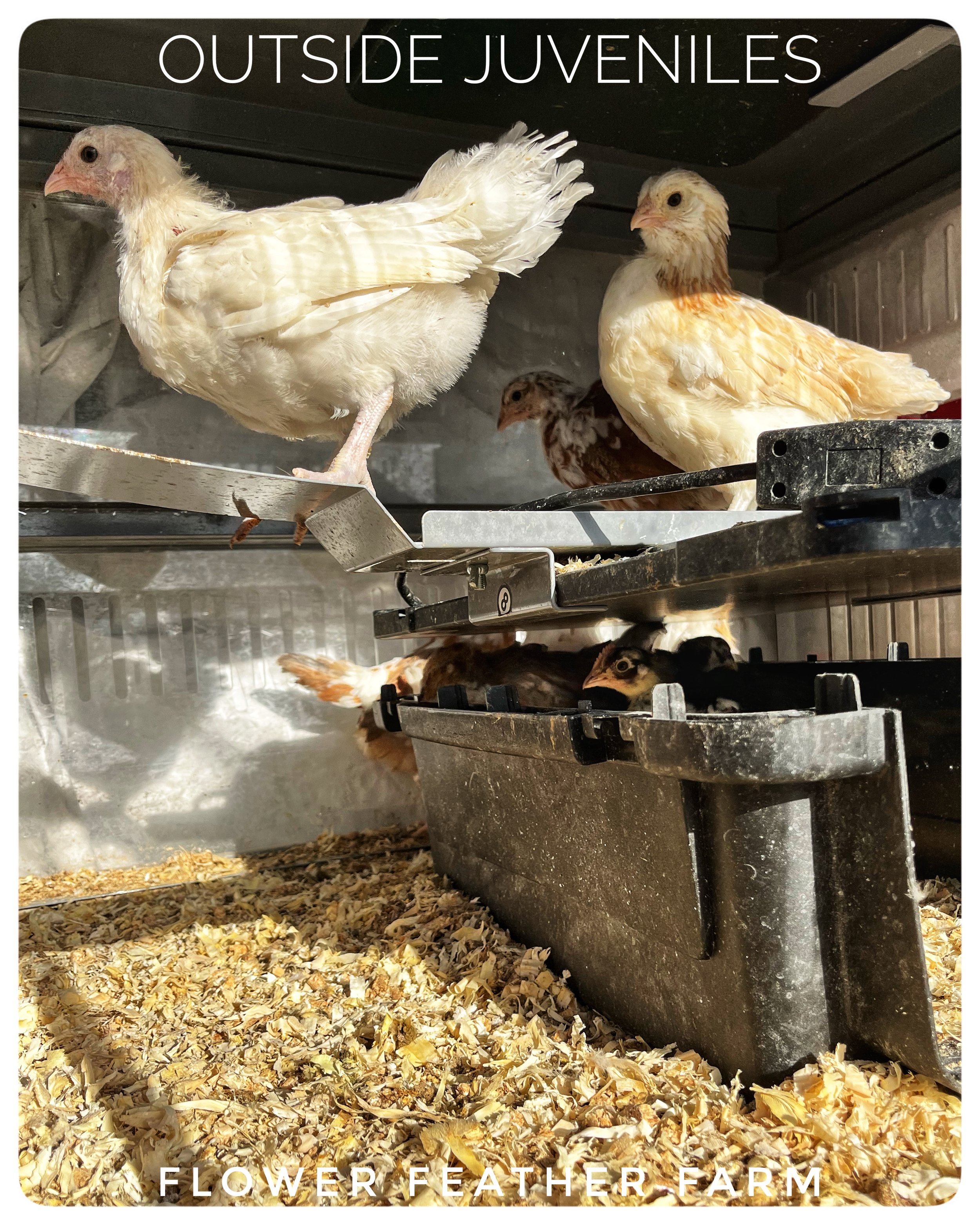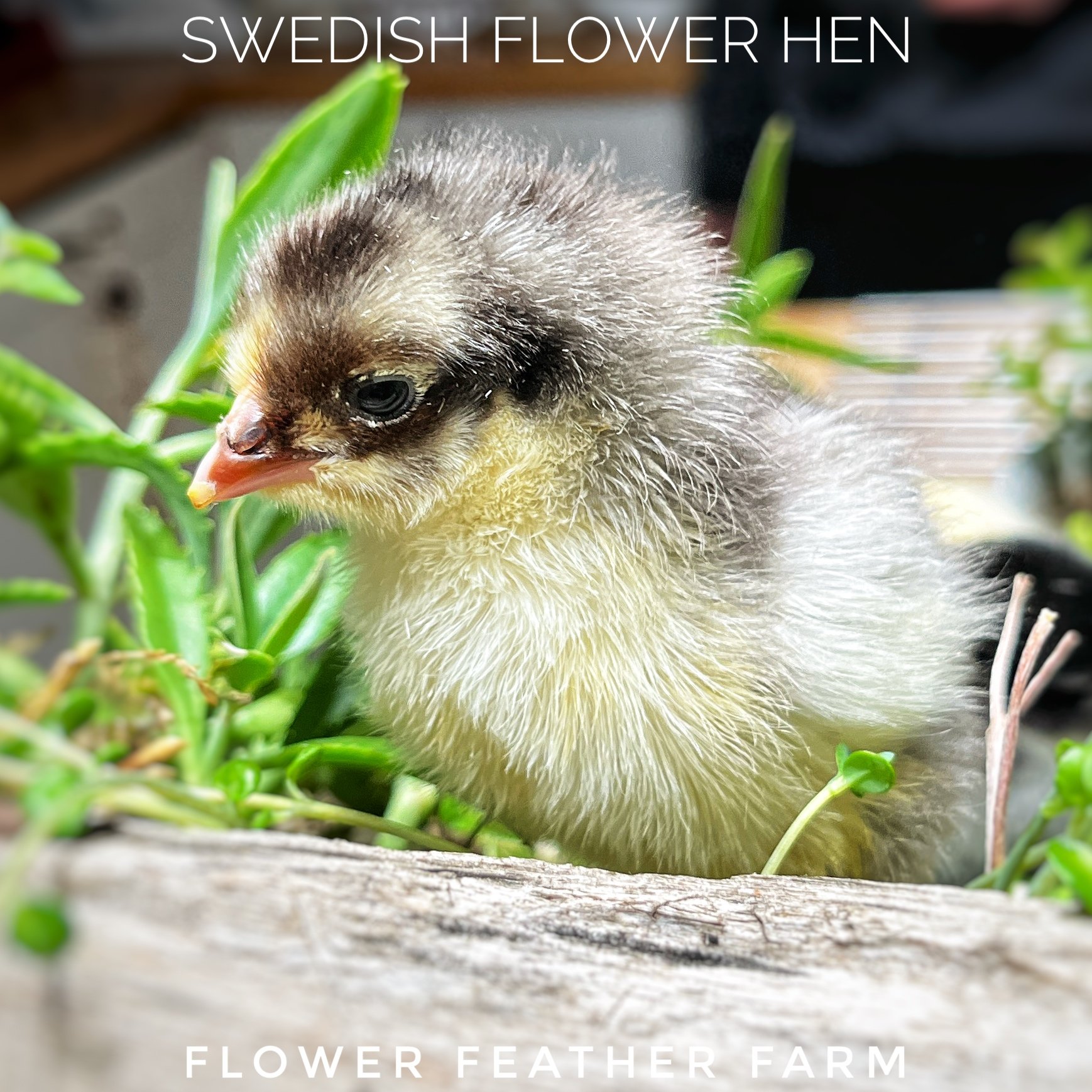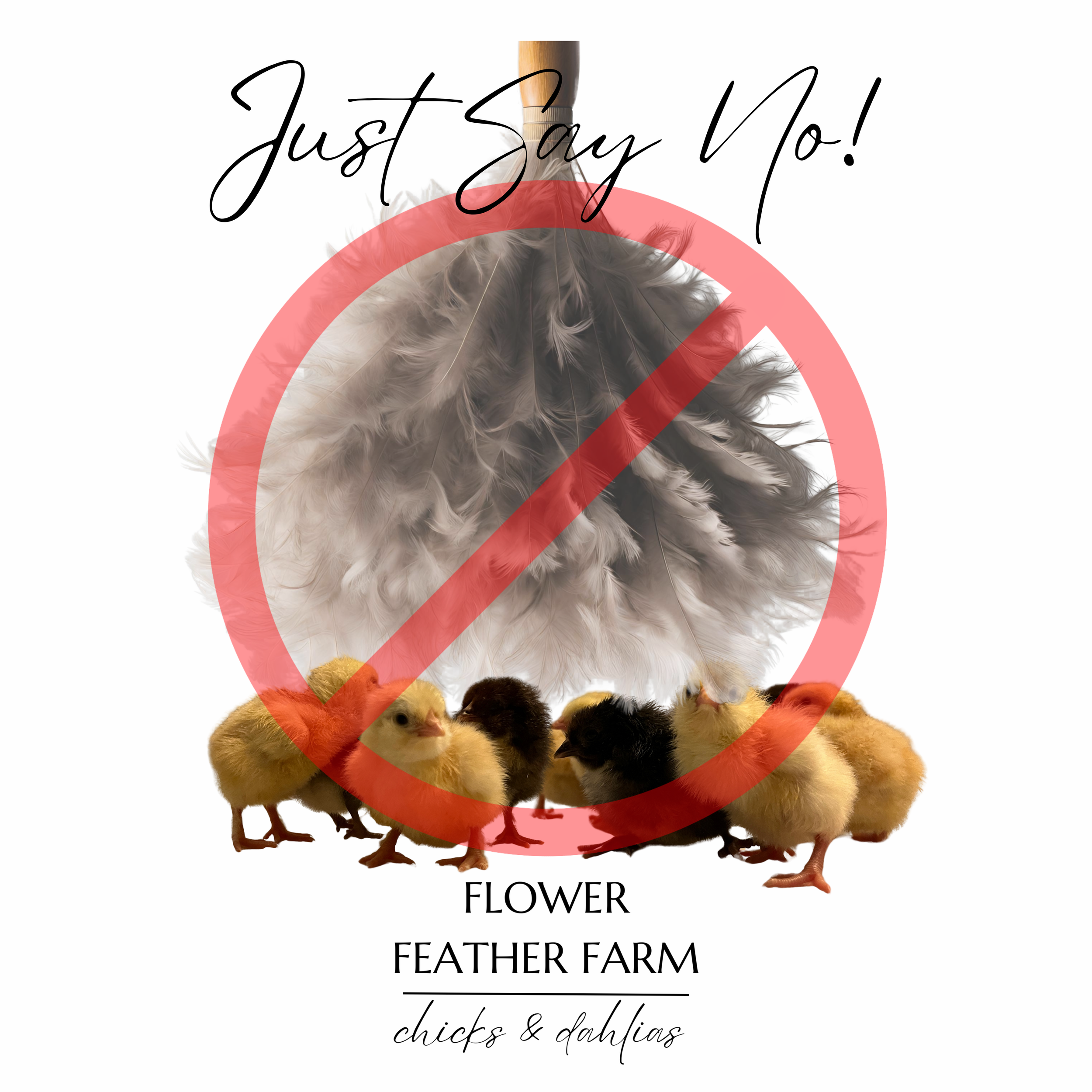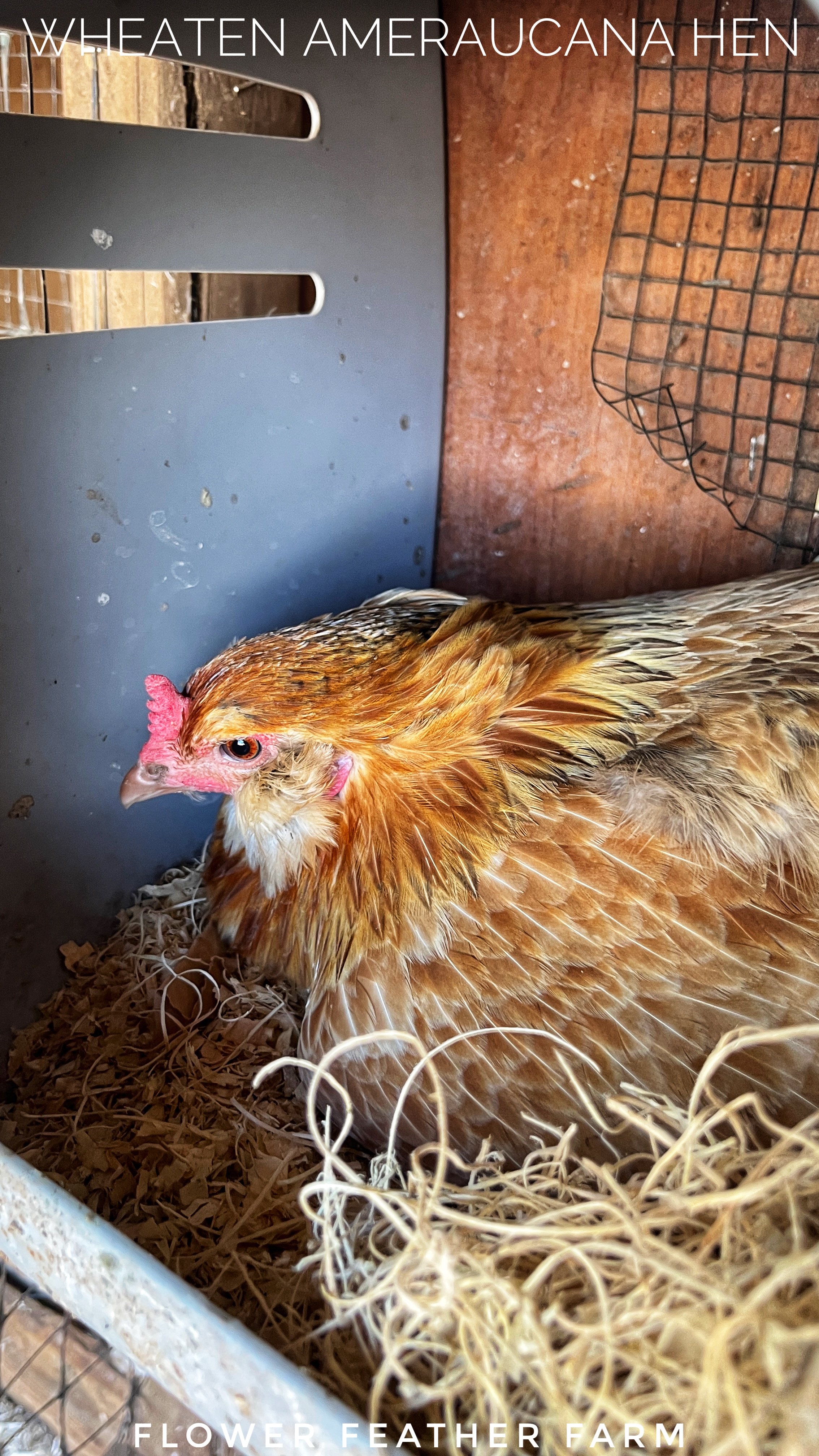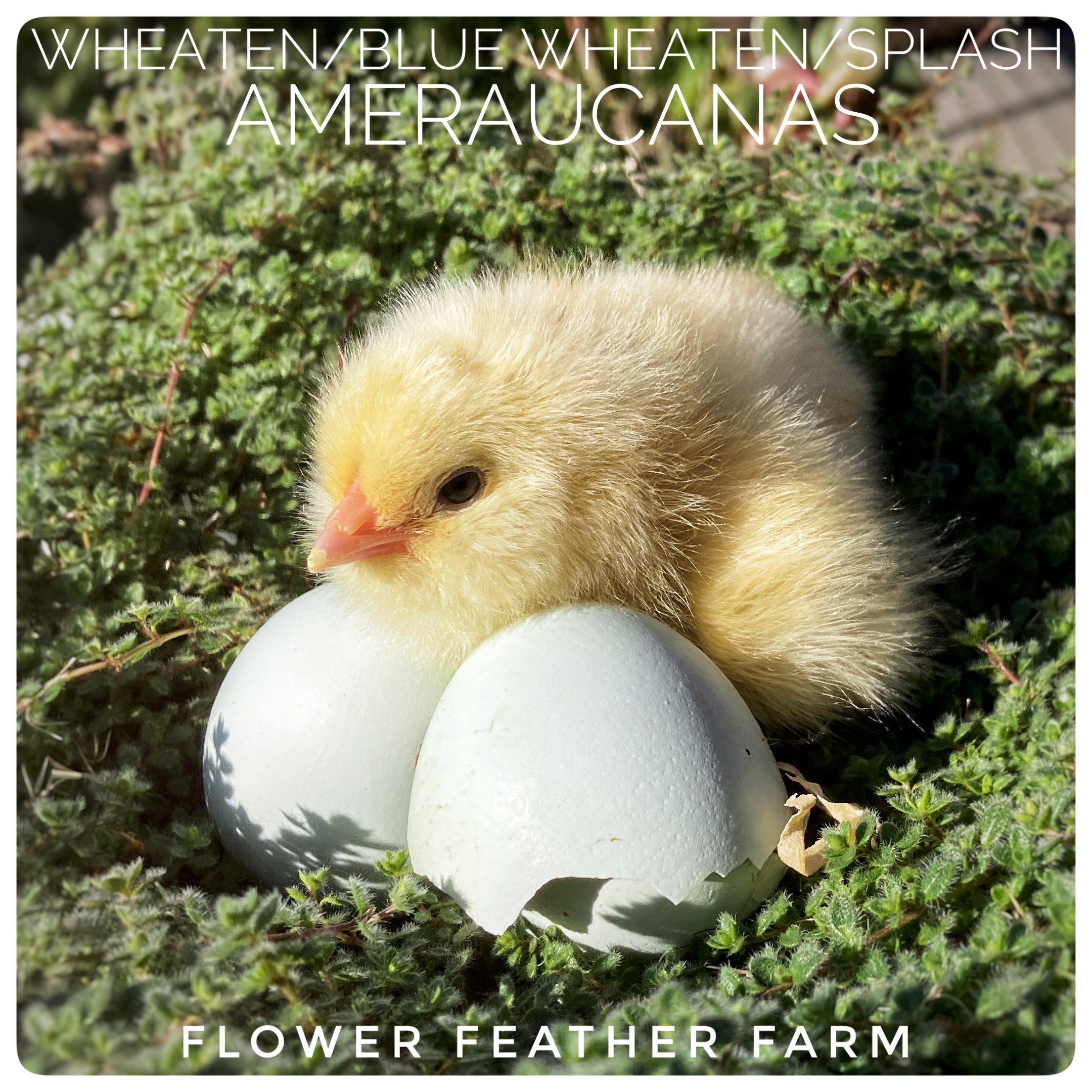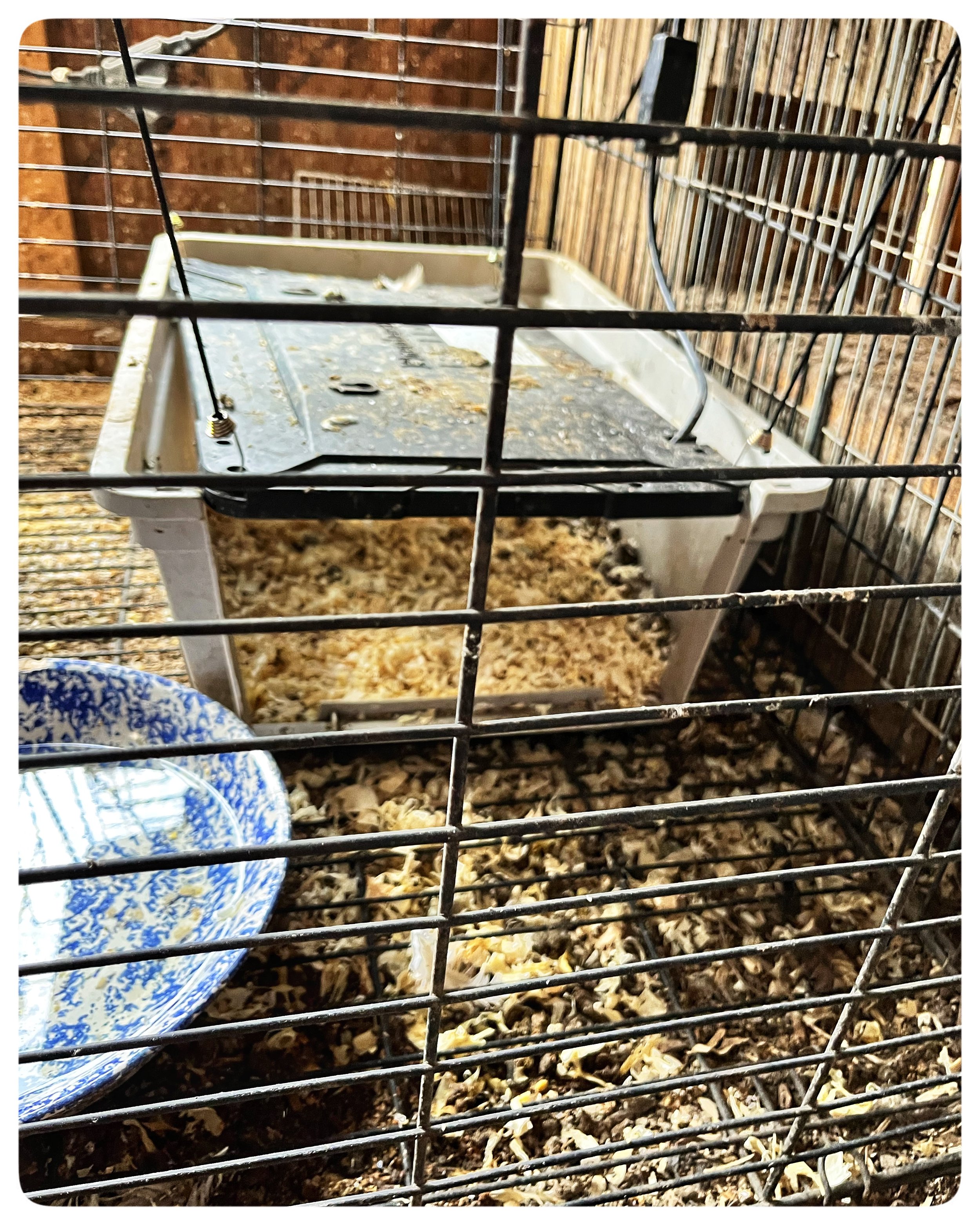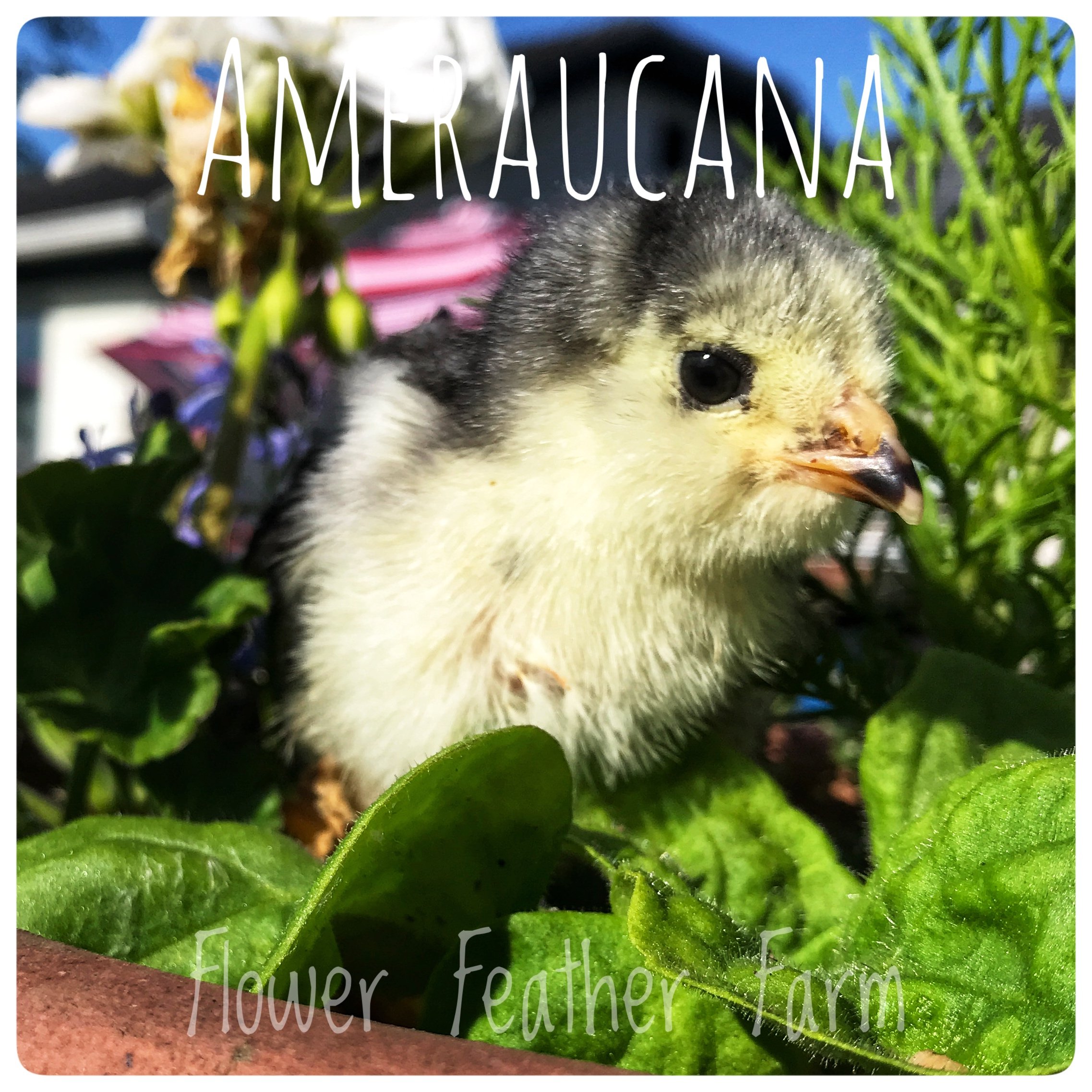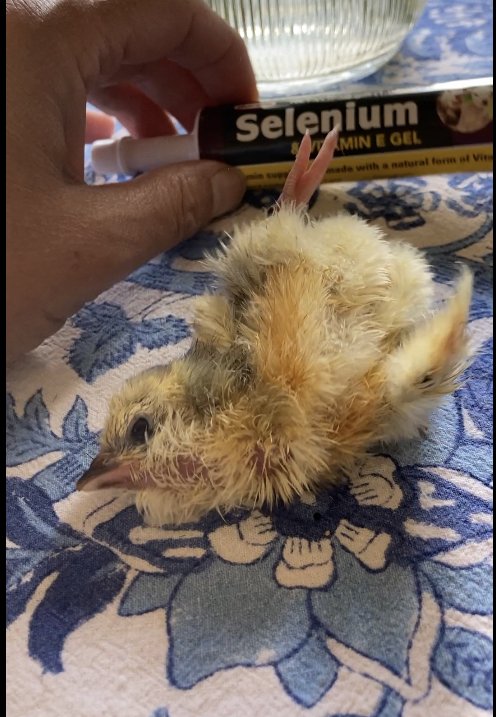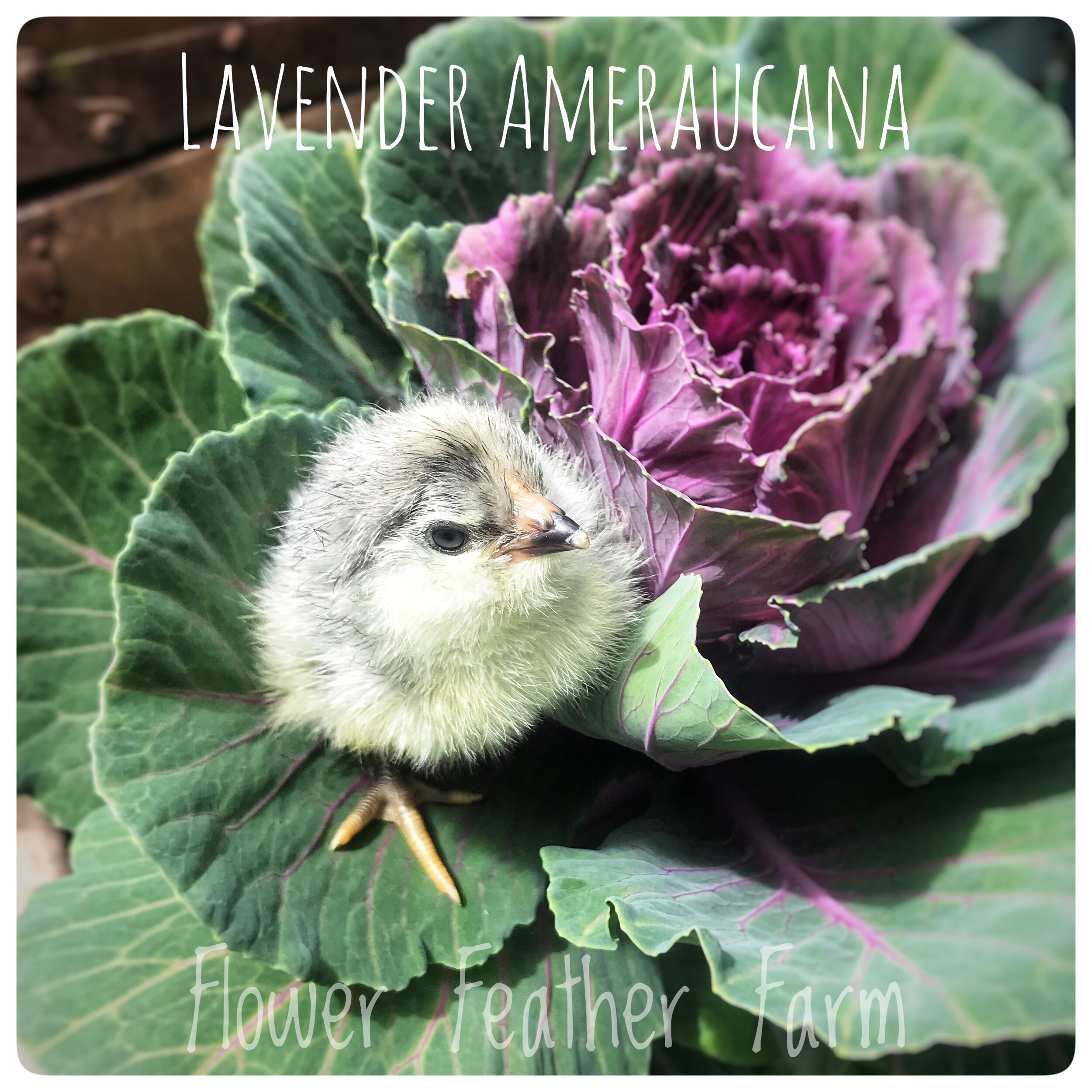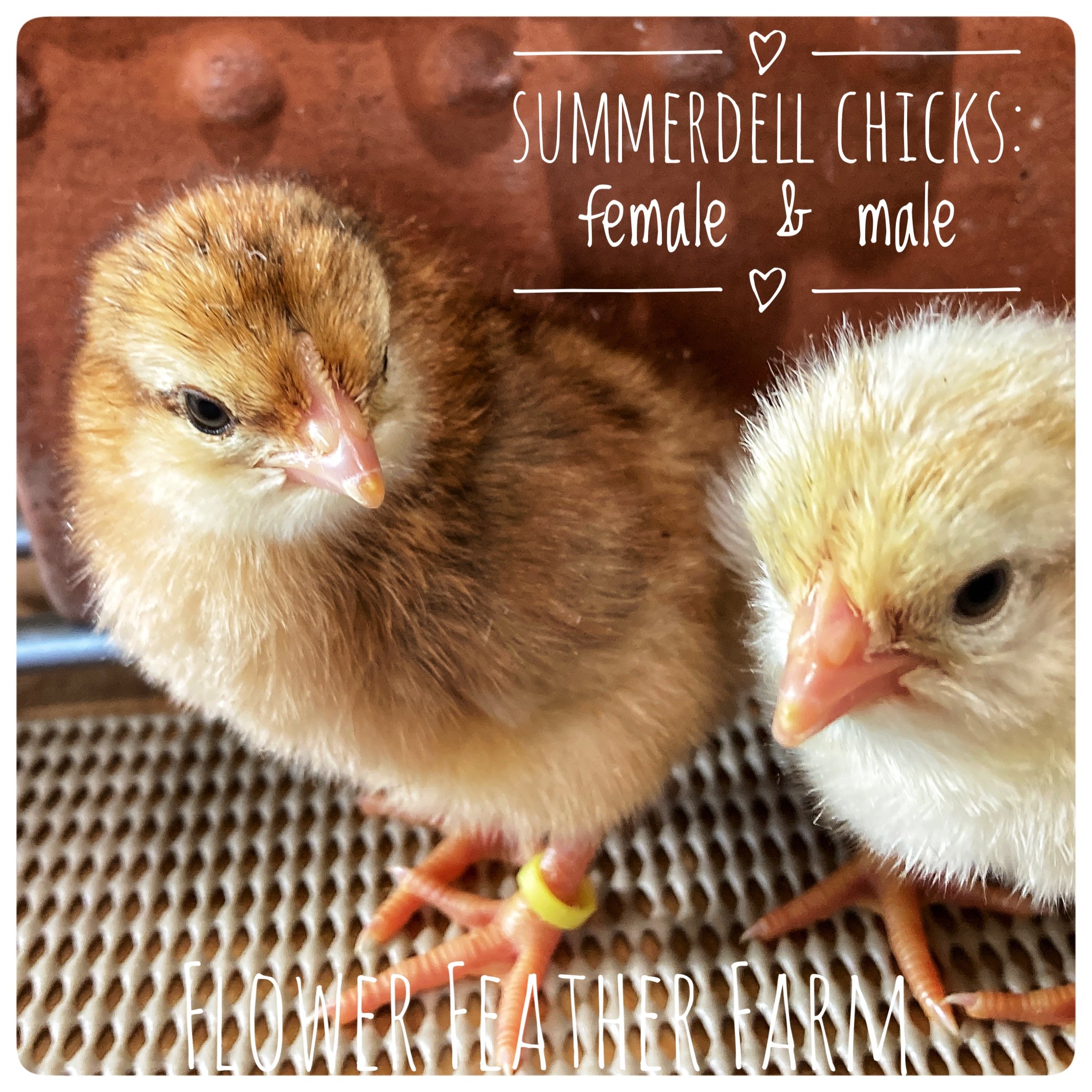When Can I Put my Chicks Outside?
Well that depends on many things, chiefly the weather and what your outside set-up looks like. Protection from rain and wind is important, as is supplemental heat.
The rule of thumb is that they need to be ten weeks old if the overnight low is going to around 30. Nine weeks for overnight low of 45, eight weeks for 55, seven weeks for 65, six weeks for a low of 70, five weeks for a low of 75, four weeks for 80, 3 weeks for 85, and so on.
That said, I put them out at four weeks at about any time of year. What? Yes. Four weeks, with supplemental heat.
I put them into a protected draft-free outdoor brooder set up with a primary heat source — a brooder plate for example — and then I set up a supplemental heat source — a reptile bulb — on an Inkbird Dual-Outlet Thermostat. This will kick in if the temp drops and will add additional heat. Be sure to get the wifi one for these reasons:
it is far easier to program the app than it is to program the device
you can monitor the real-time temperature from afar
you can change the settings each week as the chicks grow
you can view the temperature history over time.
Set up your brooder plate as your daytime heat, and then put your reptile bulb into a fixture plugged into your Inkbird and program the Inkbird to come on at whatever the minimum temperature is for the age of your chicks. When it gets cold in the middle of the night, the Inkbird will add additional heat. During the day, when it is warmer, the brooder plate will do the job.
I was fortunate enough to score a Tractor Supply tower brooder when they abandoned them (and rightly so, completely inappropriate for tiny chicks) and this used to be where my chicks moved when they moved out. The tower brooder came with Pacific Pride brooder plates that have both a heater and a brooder setting. Heater setting at night and brooder setting during the day.
I used the bottom half of a pet carrier or these cute triangle beds under the brooders and I added pine shavings to the bottom which helped hold the heat in. I liked that I could position the high back of the triangle bed to block any wind. We also use the tower brooder cover at night, not zipped up, but covering the sides.
The juveniles stayed in the Tractor Supply tower brooder between weeks 4 and 6, and then they moved into the flock. I set them up with the same heater/brooder plate (heat at night and brooder during the day) and the same kind of bed. The difference was that they were free to roam the coop and the run, get rained on, etc. At 10 weeks of age I put the heater away and started roost-training them — that is, I went out every night and physically set them on a roost.
I do make sure they have lots of hidey-holes from the big kids at this point — and a separate place (example above) to eat their medicated chick starter. Examples here in the Keeping Your Broody Hen with Her Flock post.
Update: Since this was written, we have sold the Tractor Supply tower brooder and converted the old Creamery attached to the old Milk Barn into the Fort Knox of grow-out pens. They go out there at about two to four weeks, with the brooder plate and the reptile bulb on an Inkbird Thermostat (pictured above). I love that I can check the temp from the house and change the settings as they grow up.
Two- and three-week old chicks, living outside in the Creamery.
